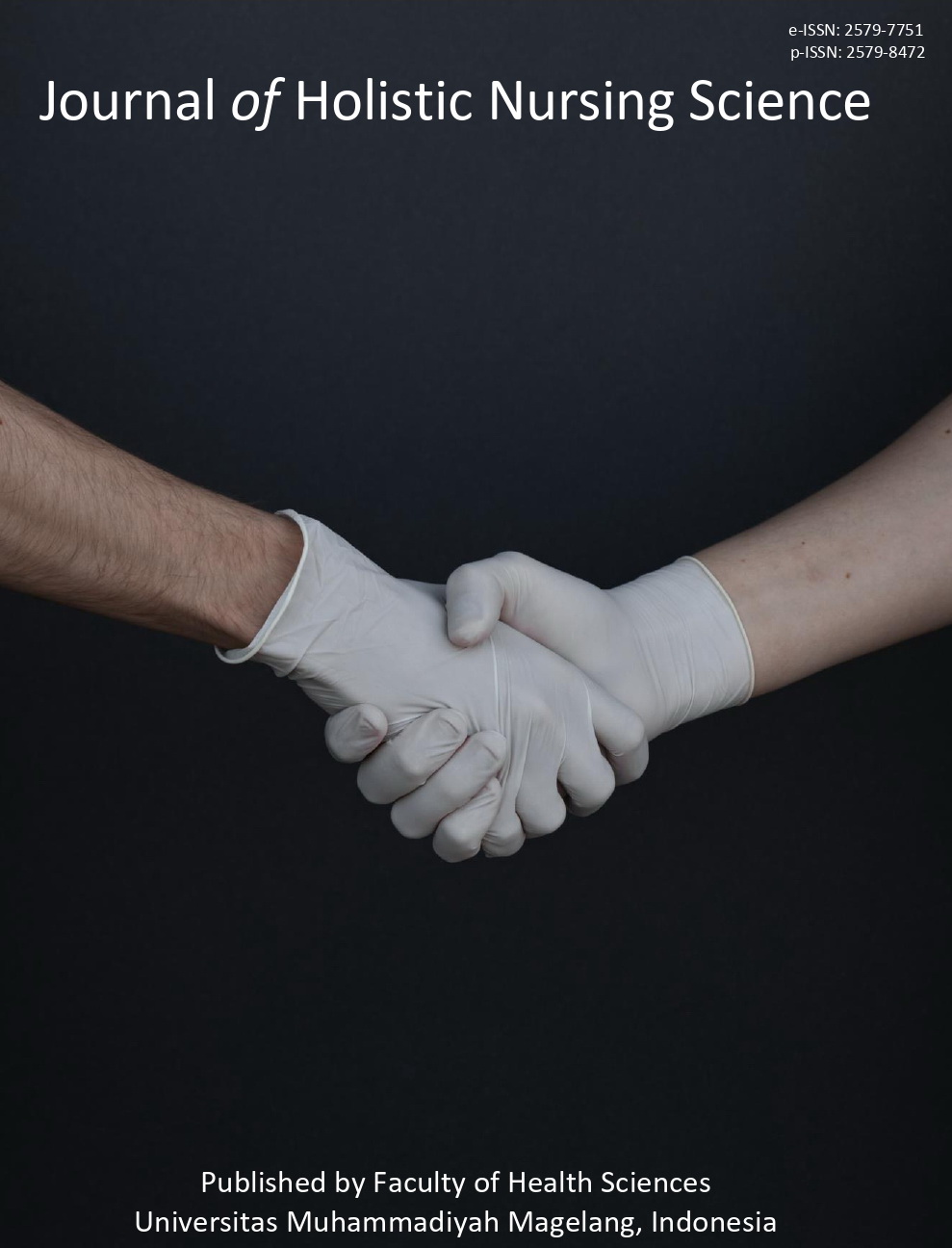Nurses' careers in the middle of uncertainty futures
Main Article Content
Abstract
Over the next ten years, the nursing workforce will be tested in several ways. These include the need to respond to an aging population with more complex and intense medical needs, the demand for more primary care capacity, and the requirement to bridge the gap between medical and health care and the social factors influencing people's health and well-being. Additionally, an education system that better prepares nurses for practicing in community-based settings with diverse populations that face a variety of lived experiences is required to build a future workforce capable of effectively providing the health and health care that society requires. This will require a substantial increase in the nursing workforce's numbers, types, and distribution. If health systems, governments, schools, and payers can capitalize on opportunities in programming, policy, and finance, then these improvements will take place more quickly, more evenly, and with more success.
Keywords: Nurses’ career; nursing development; healthcare; quality of care; clinical practice
Downloads
Article Details

This work is licensed under a Creative Commons Attribution-NonCommercial 4.0 International License.
Authors who publish their articles in JHNS retain full copyright of their work. JHNS does not require authors to transfer their copyright to the journal or Universitas Muhammadiyah Magelang as the publisher. The authors grant JHNS a license for the first publication.
